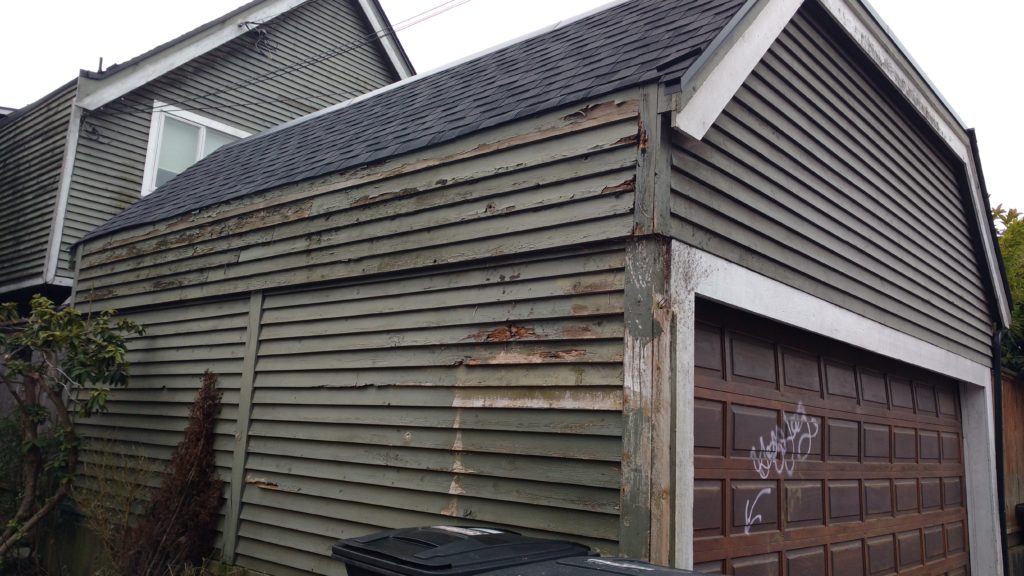What is Rot and Why is it a Problem for Your Home's Structural Integrity?
What is Rot?
Rot is a natural decomposition process that affects organic materials, primarily wood, due to prolonged exposure to moisture and the presence of fungi. Understanding the different types of rot and how they impact your home’s structural integrity is essential for effective prevention and treatment.
1. Dry Rot:
- Definition: Caused by fungi in damp, poorly ventilated conditions. Despite its name, it needs moisture to start but can spread even after the moisture source is removed.
- Characteristics: Appears as a white or grayish fungal growth with a musty odor. Affected wood becomes brittle and crumbly.
- Impact: Can spread rapidly and severely damage wood, compromising structural integrity.
2. Wet Rot:
- Definition: Occurs when wood remains constantly exposed to moisture, allowing fungi to thrive.
- Characteristics: Manifests as darkened, soft, and spongy wood, typically localized to the moisture area.
- Impact: Spreads more slowly than dry rot but can still weaken wood significantly over time.
Understanding these types of rot and their characteristics is essential for protecting your home’s structural integrity.

Causes of Home Rot Damage
Understanding the causes of home rot damage is crucial for prevention and maintenance. One of the primary contributors to rot is moisture. Water leaks from roofs, windows, or plumbing can introduce moisture into wood structures, leading to rot. High indoor humidity levels create an environment conducive to rot, and poor ventilation traps moisture, promoting the growth of fungi that cause rot.
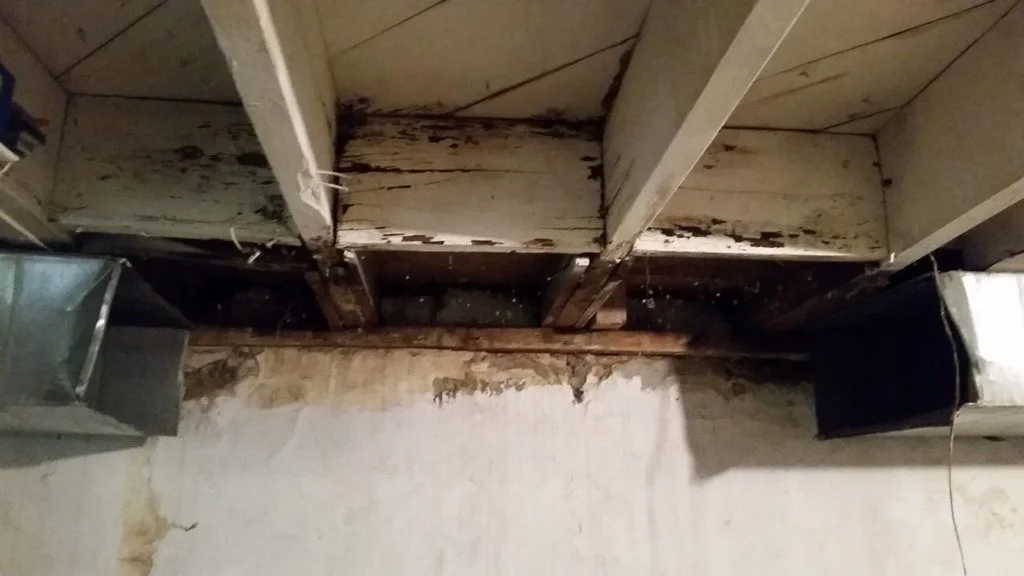
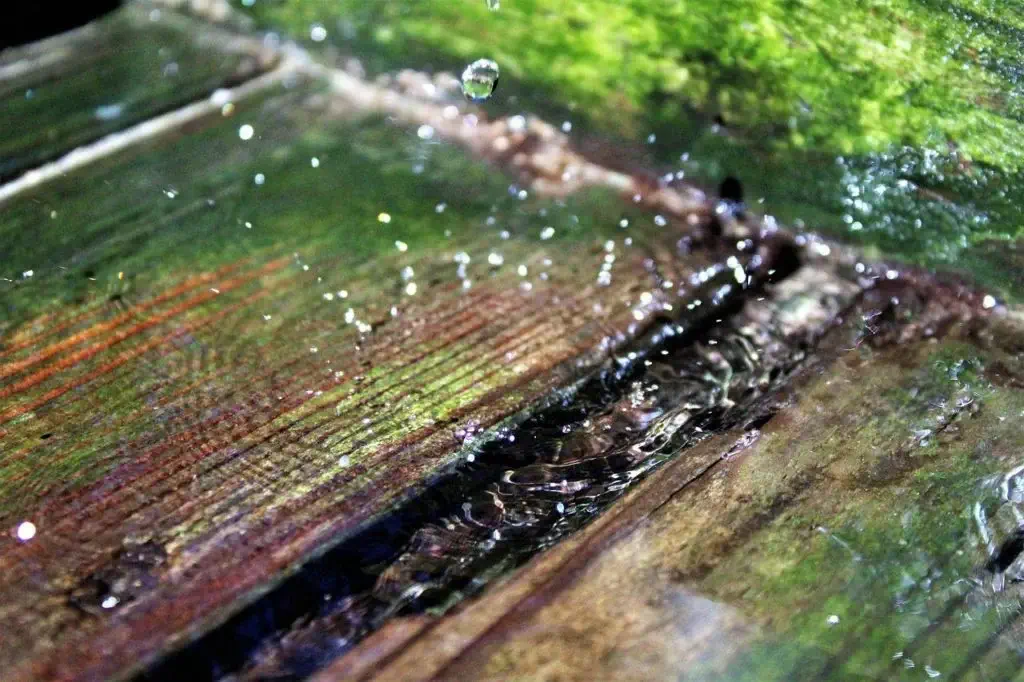
Environmental factors also play a significant role in home rot damage. Areas with high rainfall or humidity levels are more prone to rot issues. Homes near bodies of water or in damp environments are at higher risk for moisture-related problems. The climate and location of your home can significantly impact the likelihood of encountering rot.
Additionally, construction and maintenance issues can contribute to the development of rot. Poor building practices, such as using untreated wood, improper sealing, and inadequate drainage systems, can all lead to rot. A lack of regular maintenance allows minor issues to develop into significant rot damage. Regular inspections and timely repairs are essential to prevent these issues from escalating. Identifying and addressing these causes can help protect your home from the damaging effects of rot.
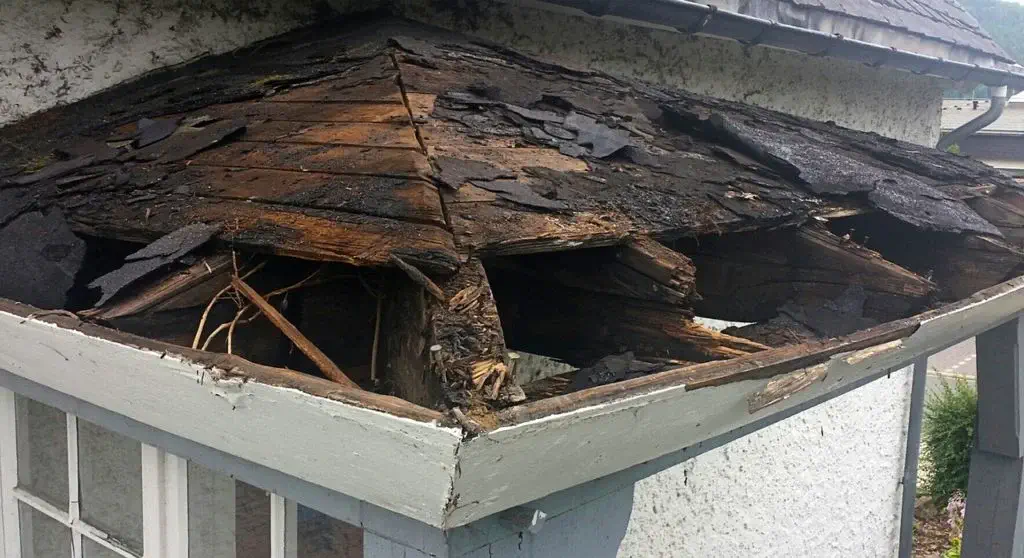
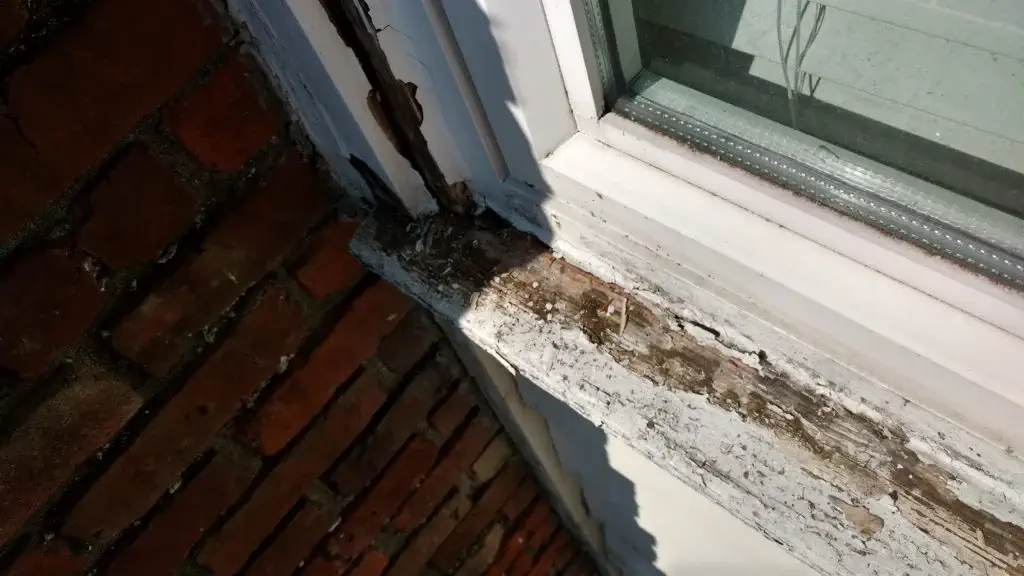
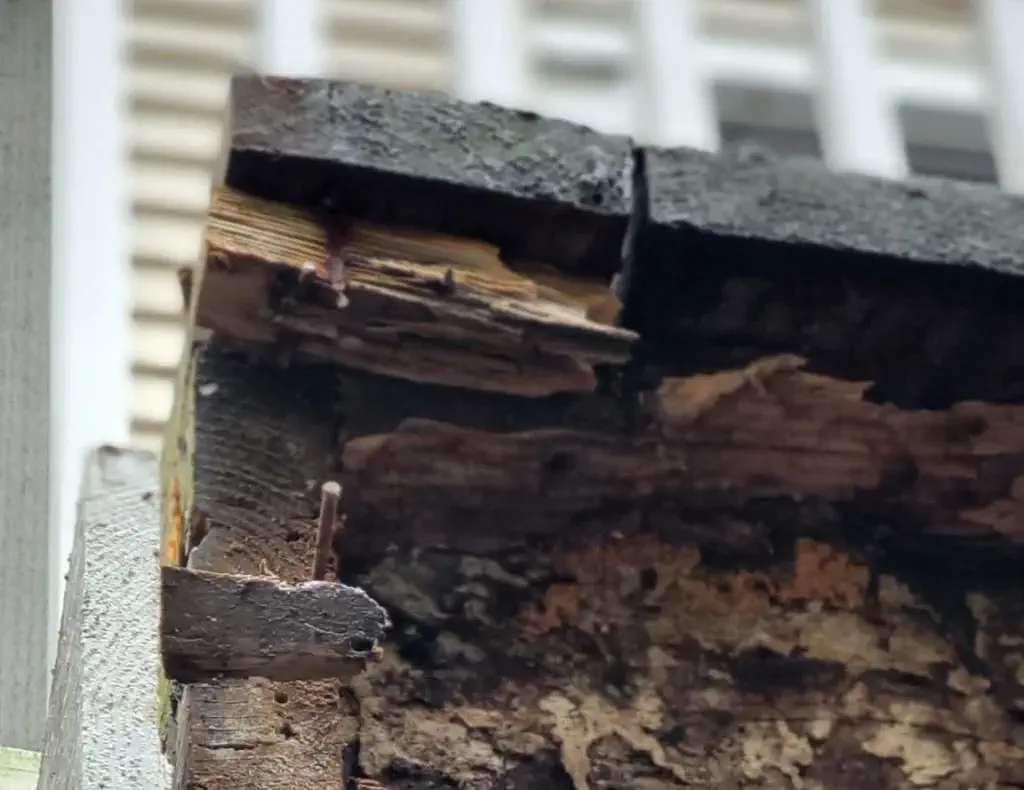
Signs of Rot
dentifying home rot damage early is essential to prevent further deterioration of your property. There are several visible indicators that homeowners should be aware of, such as discoloration of wood surfaces, ranging from dark patches to a bleached appearance, and wood decay and crumbling, where the wood feels soft and breaks apart easily.
Structural symptoms like sagging floors, uneven surfaces, and compromised load-bearing beams are serious concerns that suggest home rot damage may have weakened the structural integrity of your home. Additionally, unusual odors, such as a musty or damp smell, often accompany mold and rot, particularly in enclosed or poorly ventilated areas. The presence of mold, which thrives in moist environments, can further indicate underlying home rot damage. Paying attention to these signs can help you detect and address home rot damage before it escalates, ensuring your home remains safe and structurally sound.
Impact of Rot on Structural Integrity
Home rot damage can significantly weaken the structure of your home, leading to potential dangers and safety hazards. Rot deteriorates the wood and other materials, compromising the strength and stability of critical structural components such as beams, joists, and support columns. As rot progresses, these elements can fail, resulting in sagging floors, walls, and roofs.
The safety risks associated with untreated home rot damage include the possibility of structural collapse, posing serious threats to occupants’ safety. Furthermore, the financial implications of ignoring rot damage can be substantial. Repairing advanced rot damage is often more expensive and time-consuming than addressing the problem early on. By recognizing the impact of home rot damage on structural integrity, homeowners can take proactive measures to protect their properties and avoid costly repairs.


Prevention Strategies
Preventing home rot damage requires a proactive approach that includes regular inspections and maintenance routines. Conducting thorough inspections at least once a year helps identify early signs of rot, such as discoloration or soft spots in wood. Proper ventilation and moisture control are also crucial, as excess humidity and poor air circulation create ideal conditions for rot to develop.
Ensuring that your home is well-ventilated, especially in areas like basements and attics, can significantly reduce the risk of moisture buildup. Additionally, using rot-resistant materials and treatments during construction or renovation can provide long-term protection against rot. Materials like pressure-treated wood and rot-resistant species, combined with protective coatings and sealants, can enhance your home’s resilience to rot. By implementing these prevention strategies, homeowners can effectively safeguard their properties from the detrimental effects of home rot
Treatment and Repair Options

Expert Advice and Recommendations

Call A Professional
Ready to protect your home from the dangers of rot damage? Contact us today for expert advice and professional assistance. Don’t wait until it’s too late – safeguard your investment and ensure the longevity of your home. Reach out now to learn more and schedule your consultation!

